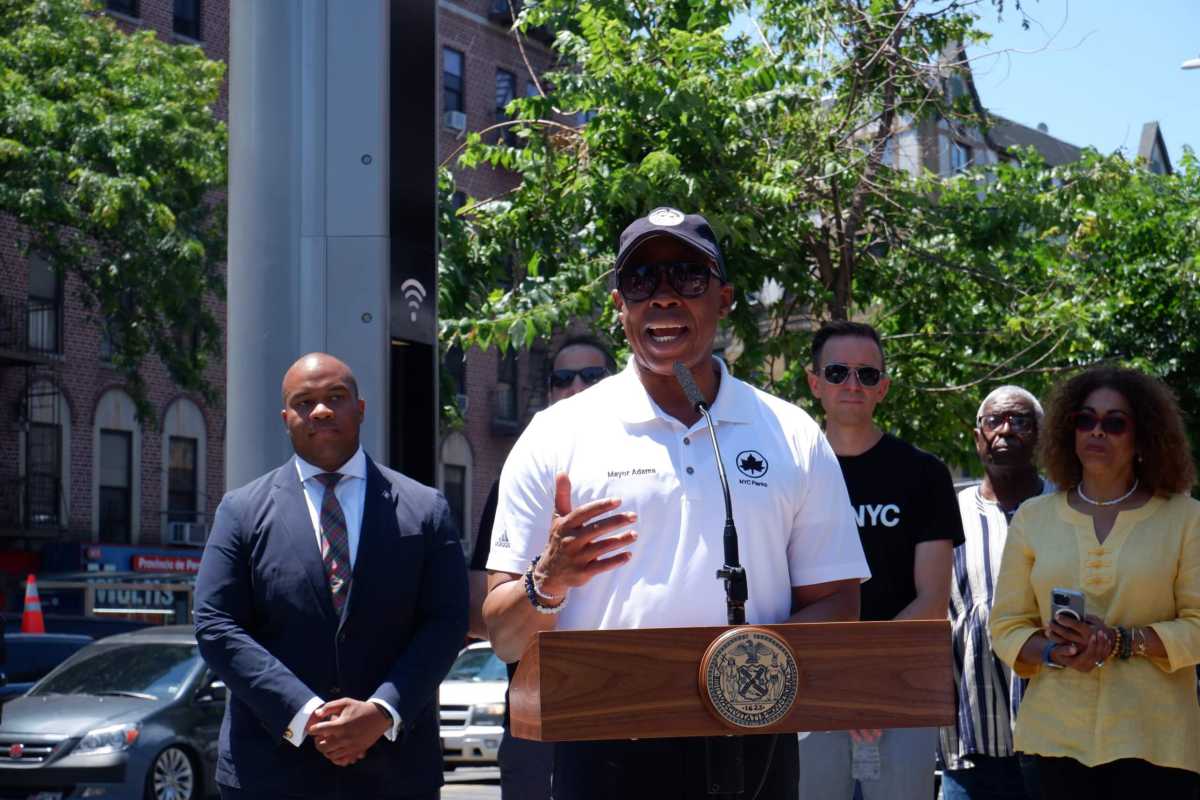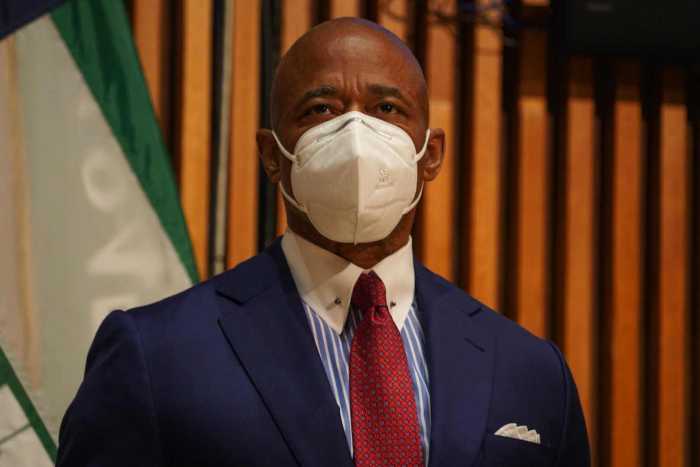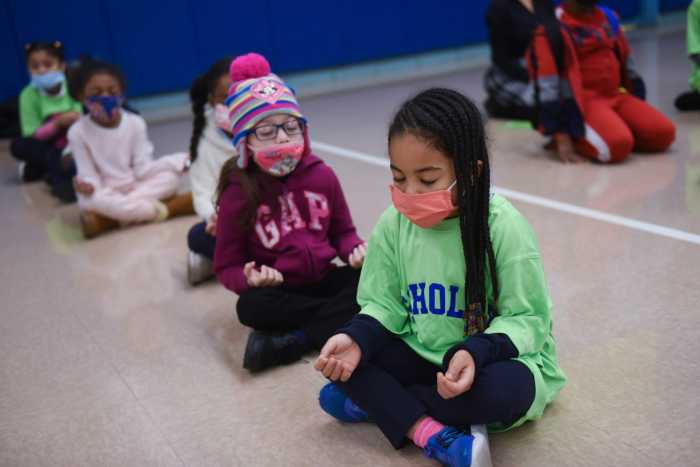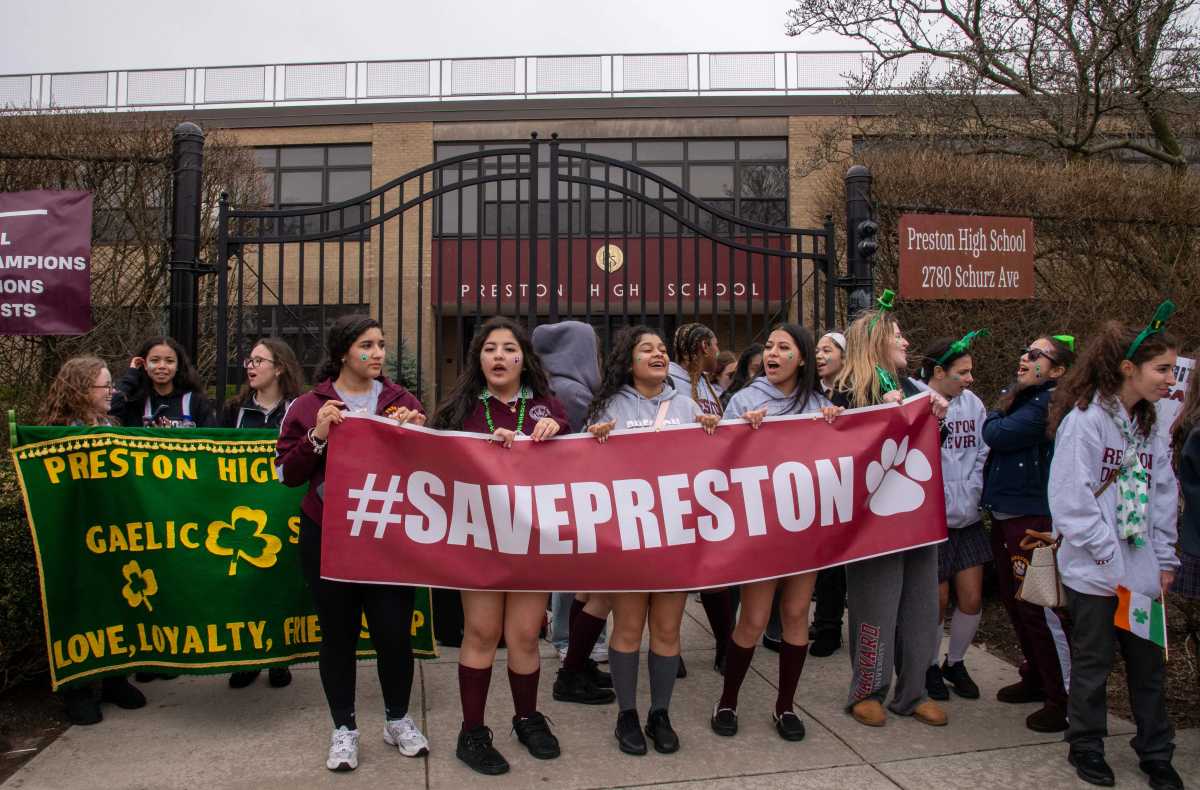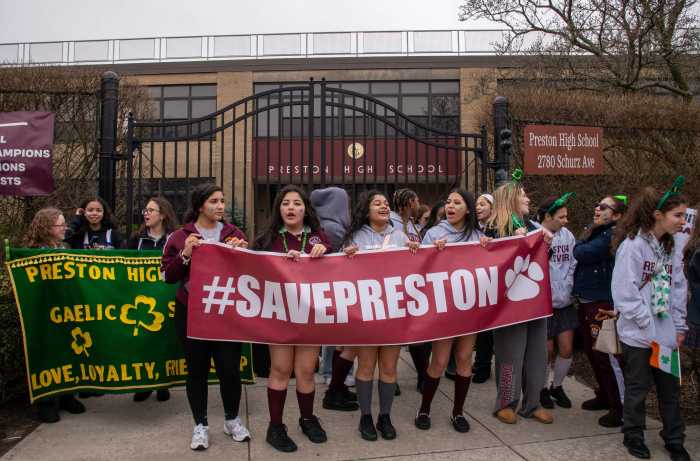New York City Mayor Adams and Schools Chancellor David C. Banks announced additional flexibility of existing school funding for the upcoming school year.
This flexibility allows for schools to use $100 million in federal stimulus funds as well as simultaneously making an additional $50 million in funds available reserved for school budget appeals – with $34 million in school budget appeals being sent on Aug 3.
“As two former New York City public school students ourselves, Chancellor Banks and I know there is nothing more important than providing the children in our public schools the resources they need to learn, grow, and thrive,” said Mayor Adams during the Aug 3 announcement. “The truth is that the city is facing a 120,000 drop in student enrollment, which had clear budget implications since February when the preliminary budget was released. We always said we would meet the needs of our students, and after hearing from principals and other community leaders that they need additional time to adjust to the decline in enrollment, we are announcing greater flexibility in this year’s school budget by granting immediate access to existing academic recovery funding up to $100 million and immediately granting up to $50 million in the budget appeal process. To be clear, this is not new money but a reallocation of existing funds.”
The American Rescue Plan (ARP-ESSER) provided NYC Department of Education (DOE) public school districts with emergency funding in response to the COVID-19 pandemic. As part of the the city’s “Academic Recovery Plan”, money was allocated to the school districts based on the number of students in foster care, students in homeless shelters, students in temporary housing, students who are English Language Learners (ELL), incoming, new and long-term ELLs, students with interrupted or inconsistent formal education, students with disabilities and students with economic need.
“We have said from day one that enrollment in our public school system is a major concern that has a negative impact on our school systems’ funding. We initially provided $160 million to schools to support the transition to their lower enrollment levels, but our students deserve leadership that can act both responsibly and flexibly to meet their needs,” said DOE Chancellor Banks. “After listening to our school leaders, educators, and, most importantly, our families — we are moving forward with providing additional flexibility and making available the funds we have access to. This will help schools continue to serve our students as we work to transition to new enrollment levels. We must still focus on reversing enrollment declines by winning back families, but that does not mean we cannot act today to provide more relief to our schools.”
Each school year, the DOE allocates money specifically to address budget appeals as well as budgetary or structural adjustments. This money is used to ensure that DOE schools meet the needs that arise during the summer and into the fall. However, due to ongoing litigation regarding the Fiscal Year 2023 Budget, the appeals funding was held.
With the new school year approaching, the city has released the up to approximately $50 million in funds set aside for appeals.
“We are committed to providing every available resource to our students,” Mayor Adams said. “Still, we also must acknowledge the changing conditions that so many are unwilling to recognize and, just as importantly, that there is no hidden pool of city money or additional federal stimulus funds, as has been previously inaccurately reported, that we can tap. We will continue to fight for additional resources from our federal and state partners, but if we don’t get those additional funds, the truth is we are in for harder times ahead. This isn’t a problem we can solve alone, but one that we must work to solve it together.”
However, NYC Comptroller Brad Lander issued a statement following the announcement maintaining that while allowing schools flexibility on how they decide to allot their money was a good decision, the DOE still has much to do.
“Giving principals flexibility to decide how they want to use $100 million in Federal stimulus funds that the DOE had already allocated to their schools back in June – for tutoring, to prevent class size increases, for arts, or a guidance counselor to support struggling students—is a logical step,” said Lander in a statement Tuesday. “But it doesn’t make sense to still maintain a more than $300 million cut to schools when the DOE has an additional $500 million in unspent Federal stimulus funds for education to roll over from last year. With just a month remaining before the first day of school, hundreds of principals have already painfully eliminated arts and music programming, re-shuffled teachers and consolidated classes, and excised guidance counselors and support staff.”
Lander emphasized that there was no need to impose a budget challenge on educators, especially while they are still in the process of recovering from the pandemic.
The Comptroller’s year-end review of school stimulus spending also identified $505.6 million in unspent, uncommitted FY 2022 federal stimulus funds for education.
Last updated 8/3/2022 2:25 pm



